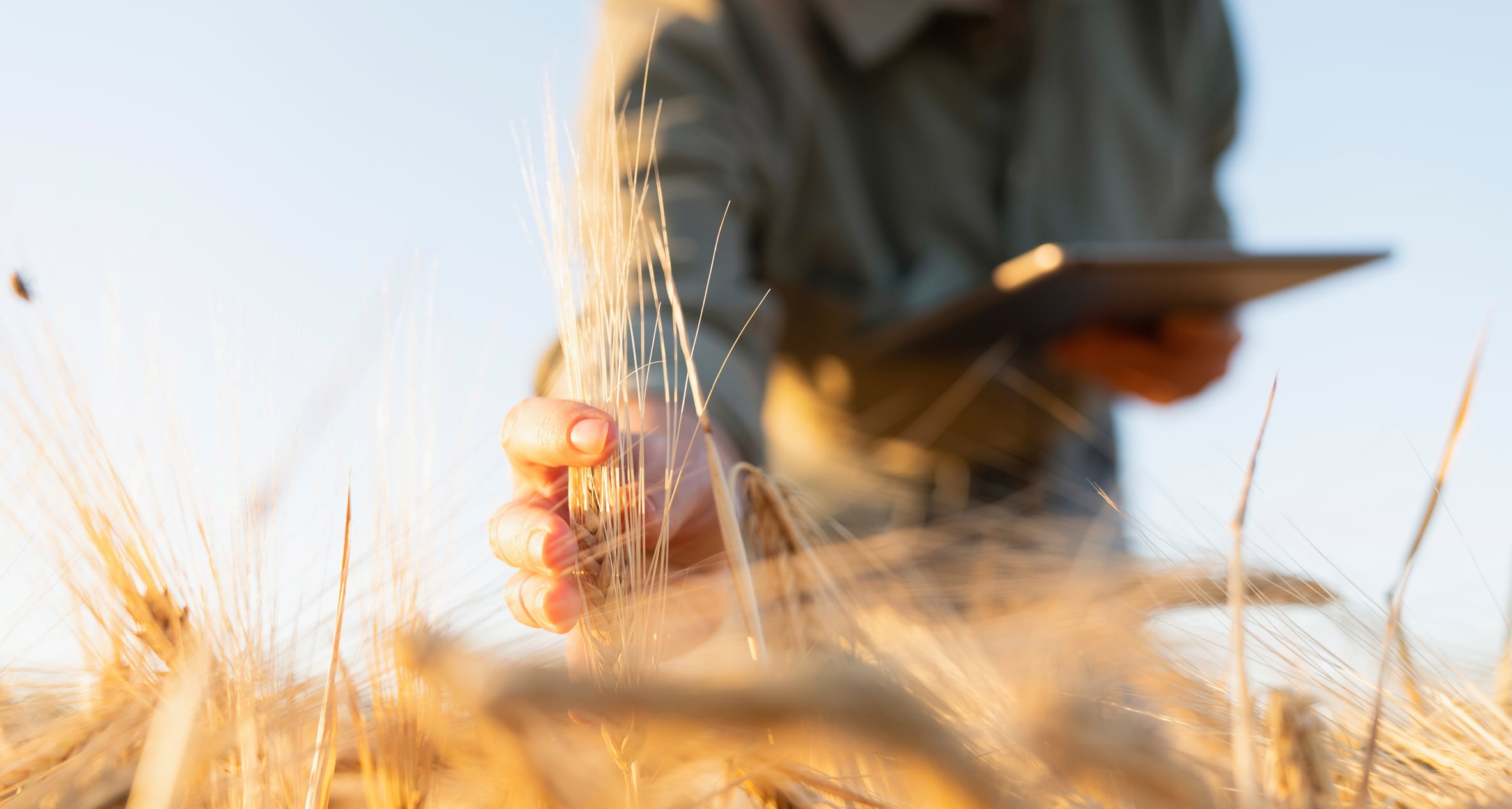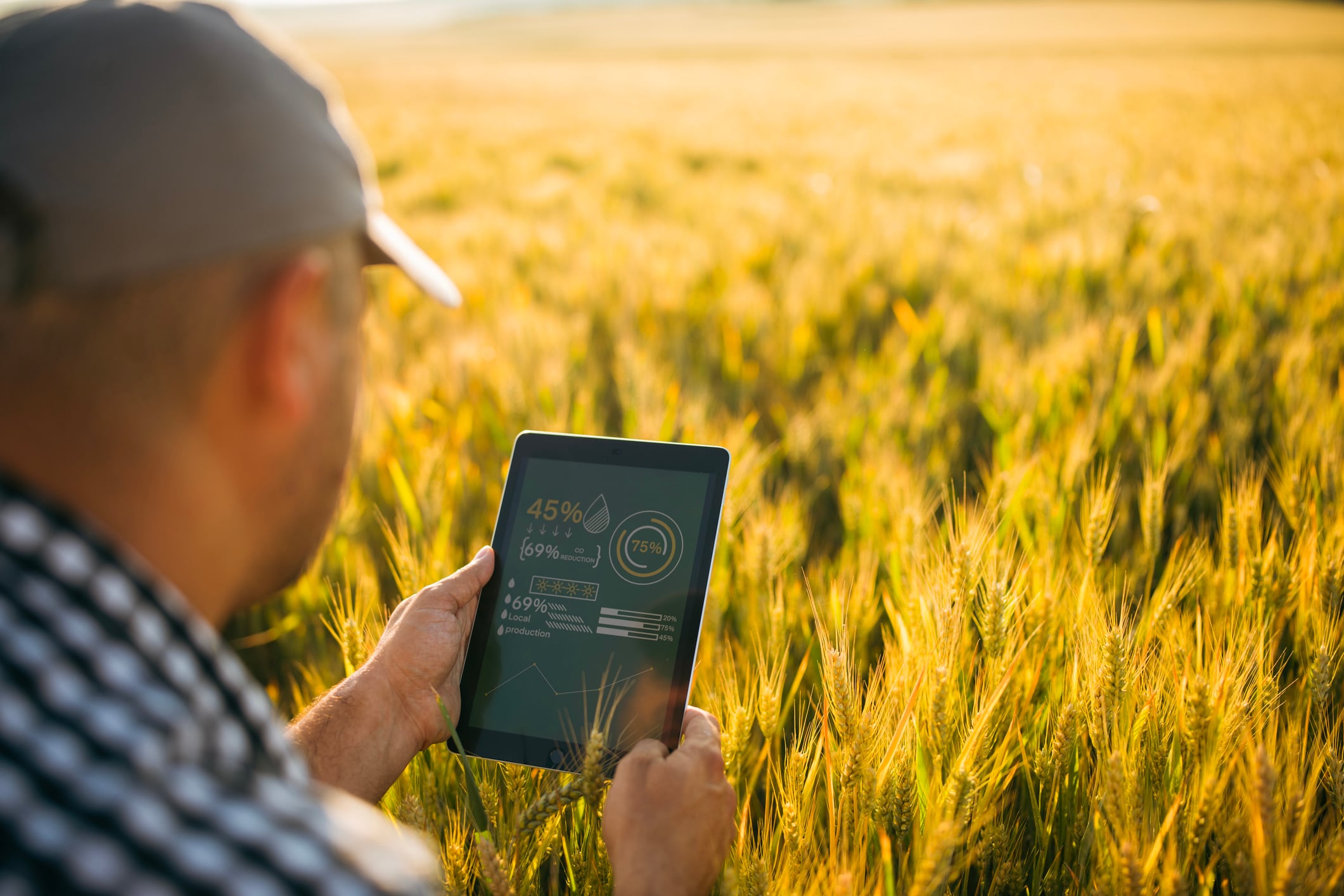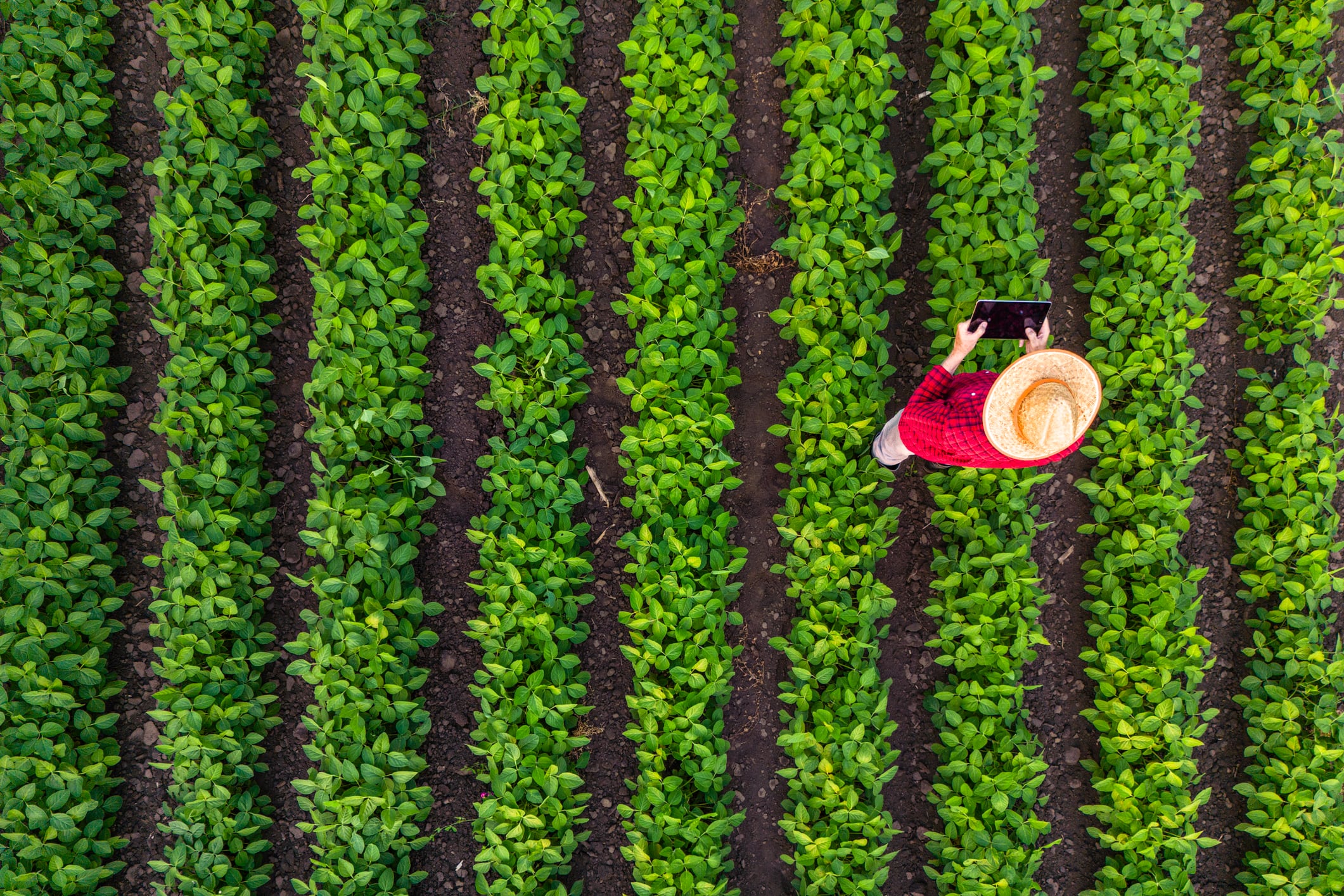The German company helps food companies like Nestlé and ADM reduce emissions within their own supply chains, rather than relying on external offsets, by supporting farmers to adopt regenerative agriculture practices.
Klim works with over 4,000 farmers and manages over two million acres of land across Germany and Poland.
The business is expanding after one of the largest Series A funding rounds for agricultural technology in 2024 ($22 million), with Slovakia and Czech Republic launches earlier this year.
UK-specific challenges
The UK offers its own set of challenges for businesses wanting to reduce commercial risk and emissions in their supply chains, it said, after launching into the third largest food and beverage market in Europe behind Germany and France.
The UK grows around 65% of its own food, while extreme weather events are impacting food production and costs. Last year’s wettest winter in 130 years saw a 22% spike in potato prices. The warmest and driest spring on record this year is putting more financial burden on farmers with higher irrigation and supplement feed costs.
Klim insists that regenerative agriculture practices can help F&B businesses to mitigate the risks of extreme weather events, such as droughts and floods, and secure high-quality yields.
Financial viability bottleneck
But financial viability is currently a huge blocker for farmers looking to transition to regenerative practices, who may need to invest hundreds of thousands of pounds on new machinery to change cultivation practices or absorb yield dips in the first year of transition.
Farming scheme payouts in the UK meanwhile will be 11% lower this year compared with 2024-2025. And in March the UK government paused applications to the Sustainable Farming Incentive.

If this wasn’t enough, businesses in the UK are also facing increasing pressure to align with stricter Science-Based Targets initiative (SBTi) and greenhouse gas (GHG) emissions standards in the near future.
Against this backdrop, “UK farmers need help now more than ever,” Klim’s head of UK Rory Davidson told AgTechNavigator. There is “huge potential for regenerative agriculture in the UK,” he said, thanks to a highly developed retail and F&B industry, and a historically progressive agriculture sector. “And most F&B leaders in the UK are well aware of the risks emerging and already disrupting their supply chain.”
How Klim’s model works
Klim works by supporting and rewarding farmers who adopt regenerative methods. Via Klim, farmers get financial rewards from the F&B companies they supply for transitioning to regenerative agriculture practices. These include minimising soil disturbance, keeping live roots in the ground, maintaining soil cover, encouraging soil biology, and reducing the use of fertilisers and pesticides.
The platform provides independent agronomic advice to farmers and enables them to simulate different practices to see which will work best for their farm. It also connects food and beverage businesses with the farms they source from, providing an end-to-end, scalable solution that can be tailored to a company’s commercial and environmental priorities.
“We mobilise private capital within the supply chain,” explained Davidson, “by connecting F&B leaders directly with the farmers who supply them, providing the end-to-end tools both need to ensure the transition to regenerative farming is successful, commercially and environmentally.”
Strengthening the UK offering
Klim is making slight tweaks to its offering in the UK. “The goals and technology are intentionally similar to the successful German product,” Davidson told us. “There are some changes being made to optimise the ease of use for farmers in the Klim system, and to make inputs relevant.”
Data entry will be simplified for UK farmers, for example, by enabling shape file uploads, and in the future connecting to pre-existing software/API products in the UK.
Klim’s models and methodology for quantifying removals as well as calculating product emission factors are adjusted to UK soils. It has also launched a footprinting tool for crops and dairy, so that farmers can provide companies with an accurate carbon footprint of their farming practices. All results, both reductions and removals, are verified through independent audits.
The end goal is not only to scale regenerative agriculture across the farming community, Davidson declared, but to create a joint movement along the supply chains of farmers. “Ultimately, an all-in-one regenerative agriculture transition solution, backed by trade partners.”





